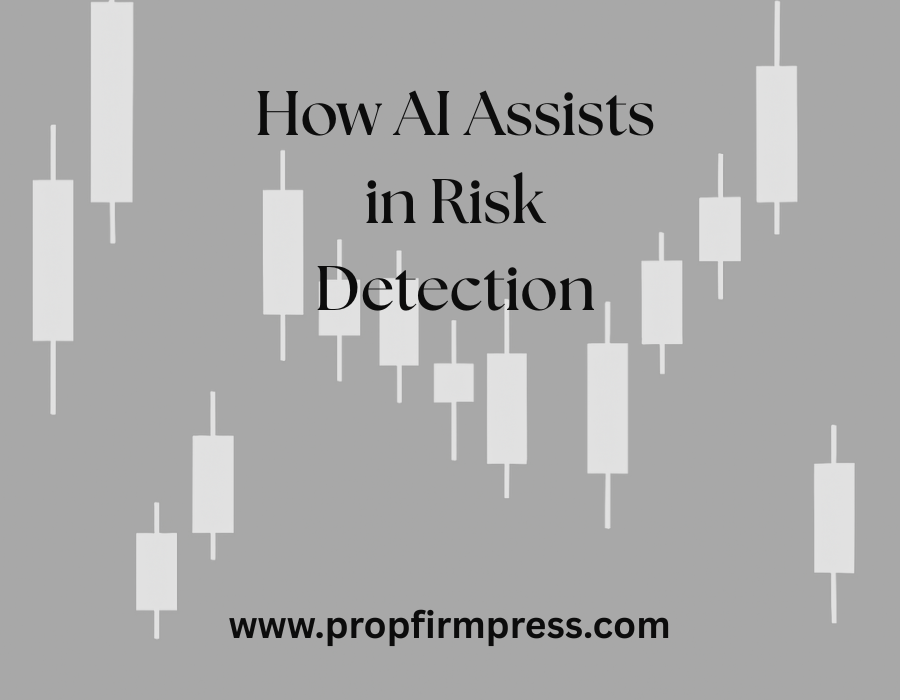How AI Assists in Risk Detection
In the rapidly evolving landscape of technology and innovation, risk detection has become an indispensable part of maintaining security, compliance, and operational efficiency across various industries. Artificial Intelligence (AI) is at the forefront of redefining how organizations identify, analyze, and mitigate risks. By leveraging advanced algorithms, machine learning, and data analytics, AI provides a proactive approach to managing potential threats before they culminate into significant issues.
AI-Powered Data Analysis for Early Threat Identification
One of the primary strengths of AI in risk detection lies in its ability to analyze vast amounts of data swiftly and accurately. Traditional risk assessment methods often depend on manual reviews and static rules, which are time-consuming and prone to human error. AI systems can process real-time data streams, including structured and unstructured data, to spot anomalies that indicate potential risks. These systems utilize pattern recognition and predictive modeling to uncover subtle signals of fraud, security breaches, or operational failures that may otherwise go unnoticed.
Machine Learning Algorithms in Risk Prediction
Machine learning (ML), a subset of AI, is essential for enhancing risk prediction accuracy. ML algorithms learn from historical data to create predictive models that evolve over time. This means that as new data is fed into the system, the models improve, making future risk detection more precise. For instance, in financial institutions, ML can analyze transaction histories to predict fraudulent activities by identifying patterns associated with previous fraud cases. Similarly, in cybersecurity, ML algorithms can detect unusual network behaviors indicative of cyber threats.
Real-Time Monitoring and Automated Alerts
AI-enabled platforms facilitate real-time monitoring of multiple risk factors across an organization’s ecosystem. By continuously scanning internal and external data sources, AI tools can instantly flag irregularities and generate automated alerts. This immediacy allows decision-makers to respond faster to emerging threats, reducing potential damages. For example, in supply chain management, AI systems monitor delays, quality issues, or geopolitical tensions, alerting managers to take preventive measures. This kind of proactive risk management is crucial in minimizing disruptions and maintaining business continuity.
Enhanced Fraud Detection in Financial Services
Financial institutions are arguably the most prominent beneficiaries of AI-driven risk detection. Fraudulent activities have grown increasingly sophisticated, demanding equally advanced detection methods. AI tools analyze customer behavior, transaction anomalies, device fingerprints, and location data to identify suspicious activities. Unlike static rule-based systems, AI learns from new fraud techniques and adapts, reducing false positives and enhancing the customer experience. This dynamic approach not only safeguards assets but also ensures regulatory compliance and trustworthiness.
AI in Cybersecurity Risk Management
Cybersecurity remains a critical area where AI drastically improves risk detection and mitigation. Cyber threats evolve continuously, with attackers employing complex techniques such as zero-day exploits and advanced persistent threats (APTs). AI systems use behavioral analytics to establish baseline profiles of users and devices. When deviations occur, these systems can quickly isolate affected segments and initiate automated defense mechanisms. Moreover, AI-driven threat intelligence aggregates data from multiple sources to anticipate and neutralize emerging attacks before they impact the network.
Improving Compliance and Regulatory Risk Management
Compliance violations can result in significant penalties and reputational damage. AI assists organizations in risk detection by automating the monitoring of regulatory requirements and internal policies. Natural language processing (NLP) helps analyze legal texts and regulatory changes, translating complex guidelines into actionable insights. This ensures that businesses remain up-to-date with evolving standards and identify compliance gaps promptly. Furthermore, AI simplifies audit processes by quickly sifting through records and transaction logs to detect abnormalities that may indicate compliance risks.
Risk Detection in Healthcare with AI
The healthcare sector is particularly sensitive to risks related to patient safety, data privacy, and operational efficiency. AI technologies play a vital role in early risk identification through predictive analytics on patient data, helping to anticipate medical complications and prevent adverse events. Additionally, AI supports the detection of anomalies in medical records that might suggest data breaches or improper access, thereby safeguarding patient information. Health institutions also use AI to predict equipment failures or resource shortages, enabling better preparedness and risk mitigation.
Supply Chain Risk Detection through AI
Global supply chains are complex and vulnerable to diverse risks such as supplier insolvency, geopolitical instability, and natural disasters. AI enhances risk visibility by aggregating data from multiple sources like weather reports, political news, logistics statuses, and supplier performance metrics. Machine learning models can forecast potential disruptions and their impacts, allowing companies to adapt sourcing strategies proactively. This comprehensive risk detection framework helps maintain supply chain resilience and prevents costly downtime.
Challenges and Ethical Considerations in AI Risk Detection
While AI dramatically improves risk detection capabilities, it is essential to address the inherent challenges and ethical implications. Bias in training data can lead to inaccurate or unfair risk assessments, potentially causing harm to certain groups or individuals. Transparency and explainability are crucial in ensuring that AI systems’ decisions can be understood and trusted by stakeholders. Additionally, data privacy must be safeguarded rigorously to prevent misuse of sensitive information. Organizations must adopt a balanced approach that pairs technological advancement with responsible AI governance.
Future Prospects of AI in Risk Detection
The future of risk detection is poised for further transformation through advancements in AI technology. Emerging trends like federated learning will enable AI systems to learn from decentralized data sources without compromising privacy. Integration with Internet of Things (IoT) devices will expand the scope of real-time risk monitoring across physical and digital domains. Moreover, the combination of AI with blockchain technology presents new opportunities for tamper-proof risk records and enhanced trustworthiness. As these innovations mature, AI will become an even more integral component of proactive risk management strategies across industries.
Ready to sharpen your strategy? Gain instant access to Scalping VIP today.
